James Webb Space Telescope has captured data on “winds” coming from a planet-forming disk around a young star.
Explore the fascinating process of planet formation and the role of the James Webb Space Telescope in capturing groundbreaking images.

Here Dr Tan introduces geranylgeraniol (GG), talks about its discovery and its importance in human metabolism.
Wellness Extract 5% discount Code MODERN10
GG Essential https://collabs.shop/ivoshz.
Vitamin E, Delta Gold https://collabs.shop/gfjyof.
Bio Quinol with GG https://collabs.shop/wm9cce.
Renue By Science 10% : Code MHS https://tinyurl.com/35jyuk33
CoQ10 https://bit.ly/4bX3I6P\r.
ProHealth 15% discount Code MODERN: https://prohealth.pxf.io/Vm9BoA
CoQ10 https://prohealth.pxf.io/LX12N0
DoNotAge 10% discount code MHS https://tinyurl.com/6dbvhv87
Pure NMN https://tinyurl.com/wyzj2f3d.
Nuchido Time+ 20% discount of first purchase with code MODERN20 https://nuchido.com/MODERN
NOVOS https://novos.sjv.io/QyWP7o code 5OFFMHS
NMN Bio 10% off all products https://tinyurl.com/2af2v2fw Code ModernHealthSpan10 in link.
☕If you would like to support our channel, we’d love a coffee…thank you! https://www.buymeacoffee.com/mhealthspan.
Momentous Supplements 15% discount Code MHS https://momentous.go2cloud.org/SH2s.
Creatine Monohydrate https://momentous.go2cloud.org/SH3E
Oxford Healthspan Primeadine Spermidine supplements: 15% discount Code MHS https://tinyurl.com/28admfxr.
Insidetracker 20% discount Code MODERN20 https://insidetracker.sjv.io/NkbP7V
Bulletproof 15% off with coupon code: HEALTHSPAN15: https://tinyurl.com/4npjk5vp.
SiPhox Health 20% Code MODERN blood test (only in US \& Canada) https://siphoxhealth.com/discount/modern.
OmegaQuant 5% discount Code MODERN https://omegaquant.com/shop/
⏲️Chapters.
00:00 Discovering GG
02:50 GG and Vit E, CoQ10
08:10 GG in metabolism — in plants.
10:05 In humans.
18:20 GG \& statins.
20:30 Sarcopenia.
🌐Links in this video.
American River Nutrition https://americanrivernutrition.com/
Dr Tan’s book, The Truth About Vitamin E, is available from https://barrietan.com/book/
You can download with the code Modern Healthspan.
GG Article.
https://www.wholefoodsmagazine.com/ar…
Potential role of geranylgeraniol in managing statin-associated muscle symptoms: a COVID-19 related perspective.
https://pubmed.ncbi.nlm.nih.gov/38046…
Dr. Barrie Tan was formerly an assistant professor at the University of Massachusetts in Amherst (Chemistry, Food Science \& Nutrition). His mission at American River Nutrition is to deliver the highest quality nutritional products based on sound scientific research. Today, his research focuses on lipid-soluble nutrients that have the potential to slow chronic conditions.
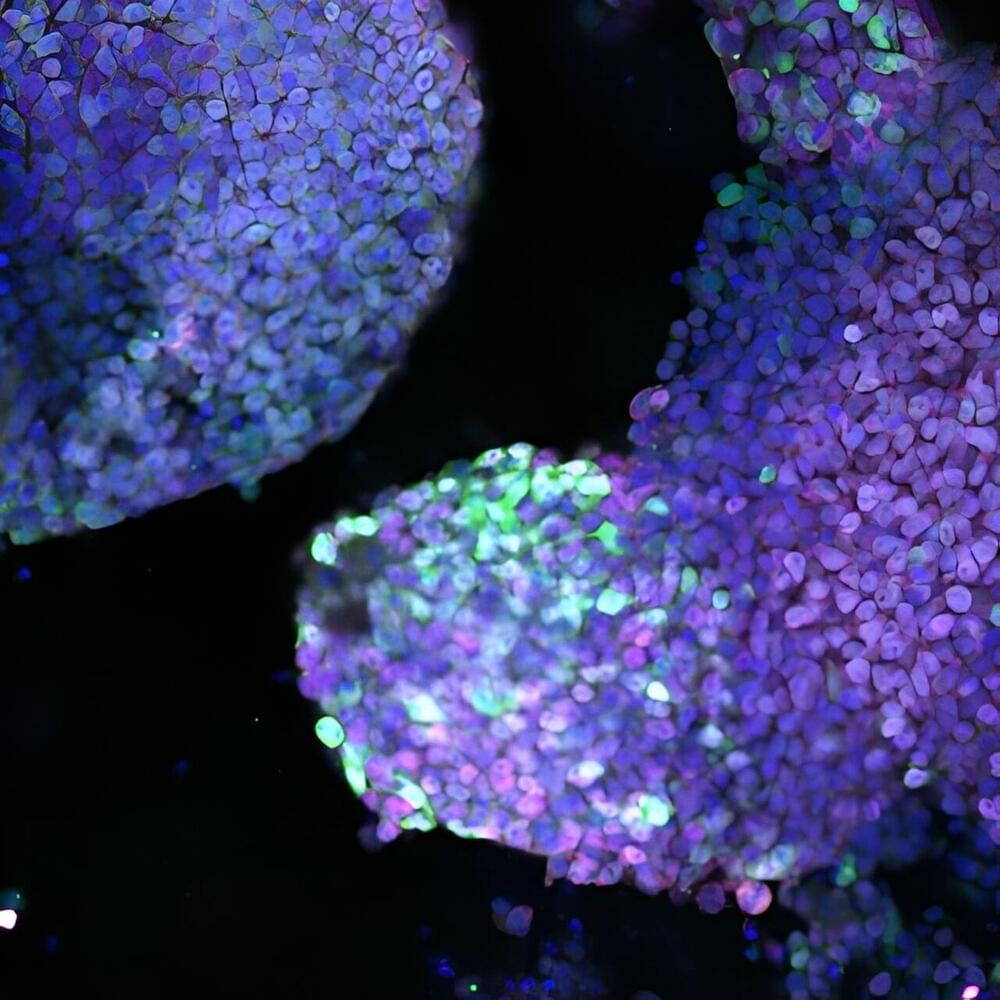
In a collaborative study, researchers from Kyushu University and Harvard Medical School have identified proteins that can turn or “reprogram” fibroblasts—the most commonly found cells in skin and connective tissue—into cells with similar properties to limb progenitor cells. Publishing in Developmental Cell, the researchers’ findings have enhanced our understanding of limb development and have set the stage for regenerative therapy in the future.
Globally, close to 60 million people are living with limb loss. Amputations can result from various medical conditions such as tumors, infections, and birth defects, or due to trauma from industrial accidents, traffic accidents, and natural disasters such as earthquakes. People with limb injuries often rely on synthetic materials and metal prostheses, but many researchers are studying the process of limb development, with the aim of bringing regenerative therapy, or natural tissue replacement, one step closer as a potential treatment.
“During limb development in the embryo, limb progenitor cells in the limb bud give rise to most of the different limb tissues, such as bone, muscle, cartilage and tendon. It’s therefore important to establish an easy and accessible way of making these cells,” explains Dr. Yuji Atsuta, lead researcher who began tackling this project at Harvard Medical School and continues it as a lecturer at Kyushu University’s Graduate School of Sciences.

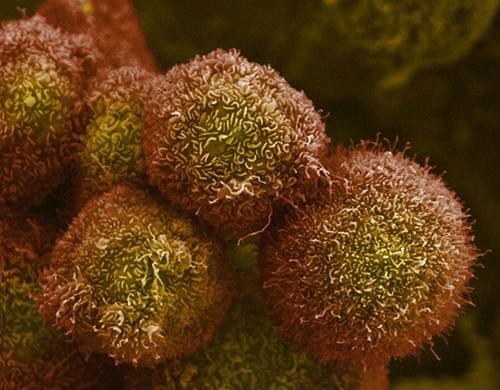
K-Ras mutations are all too familiar as drivers of cancer. And until recently, they were considered all but undruggable. But ever since the arrival of sotorasib and adagrasib—two FDA-approved K-Ras-G12C inhibitors—K-Ras mutations have had the distinction of being somewhat druggable. Even better, K-Ras mutations may soon become yet more druggable. Scientists at the University of California, San Francisco, have found a way to target K-Ras-G12D mutations, which are especially prevalent in pancreatic ductal adenocarcinoma.
The scientists were led by Kevan Shokat, PhD, a professor in the department of cellular and molecular pharmacology. Back in 2013, Shokat and colleagues developed the first K-Ras-G12C inhibitors. And today, in Nature Chemical Biology, they present a paper (“Strain-release alkylation of Asp12 enables mutant selective targeting of K-Ras-G12D”) describing how they designed a candidate drug that could help make pancreatic cancer, which is almost always fatal, a treatable and perhaps even curable condition.
“[Covalent] inhibition of G12D, the most frequent K-Ras mutation particularly prevalent in pancreatic ductal adenocarcinoma, has remained elusive due to the lack of aspartate-targeting chemistry,” the article’s authors wrote. “Here we present a set of malolactone-based electrophiles that exploit ring strain to crosslink K-Ras-G12D at the mutant aspartate to form stable covalent complexes.”
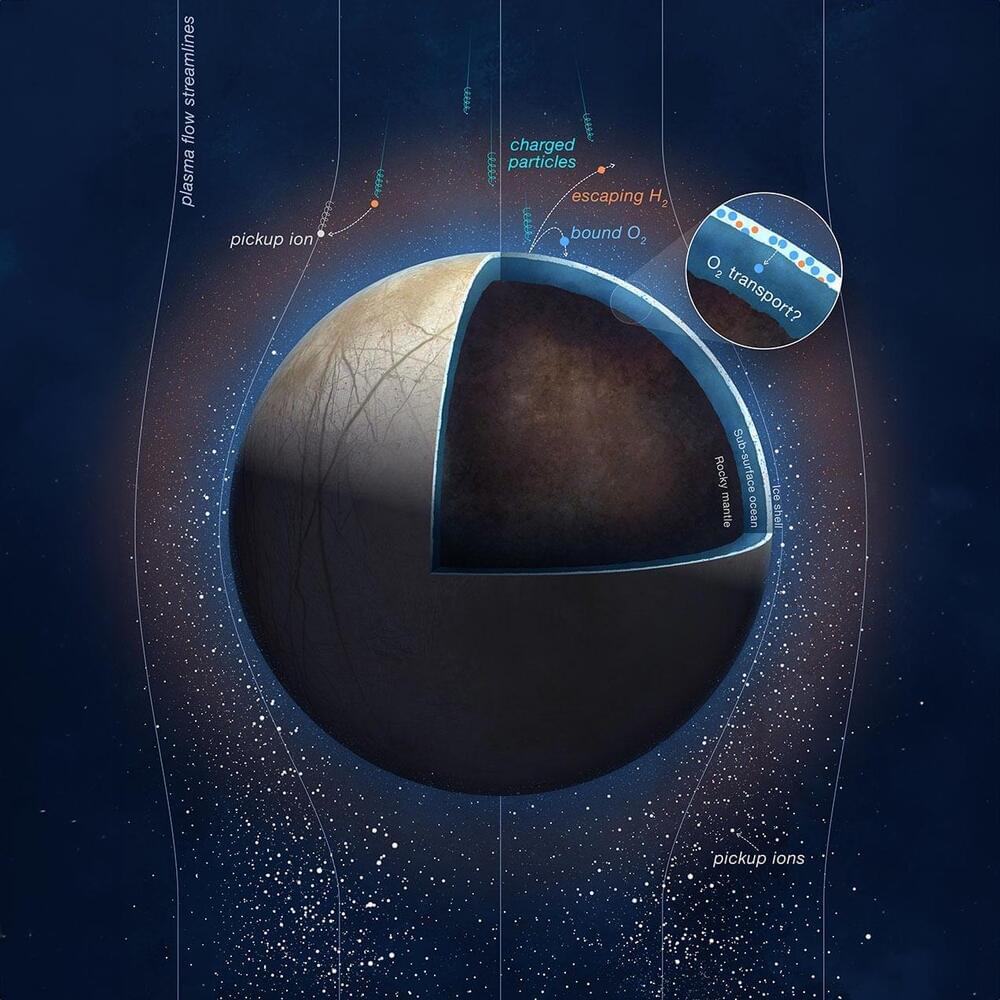
The ice-covered Jovian moon generates 1,000 tons of oxygen every 24 hours – enough to keep a million humans breathing for a day.
Scientists with NASA ’s Juno mission to Jupiter have calculated the rate of oxygen being produced at the Jovian moon Europa to be substantially less than most previous studies. Published on March 4 in Nature Astronomy, the findings were derived by measuring hydrogen outgassing from the icy moon’s surface using data collected by the spacecraft’s Jovian Auroral Distributions Experiment (JADE) instrument.
The paper’s authors estimate the amount of oxygen produced to be around 26 pounds every second (12 kilograms per second). Previous estimates range from a few pounds to over 2,000 pounds per second (over 1,000 kilograms per second). Scientists believe that some of the oxygen produced in this manner could work its way into the moon’s subsurface ocean as a possible source of metabolic energy.
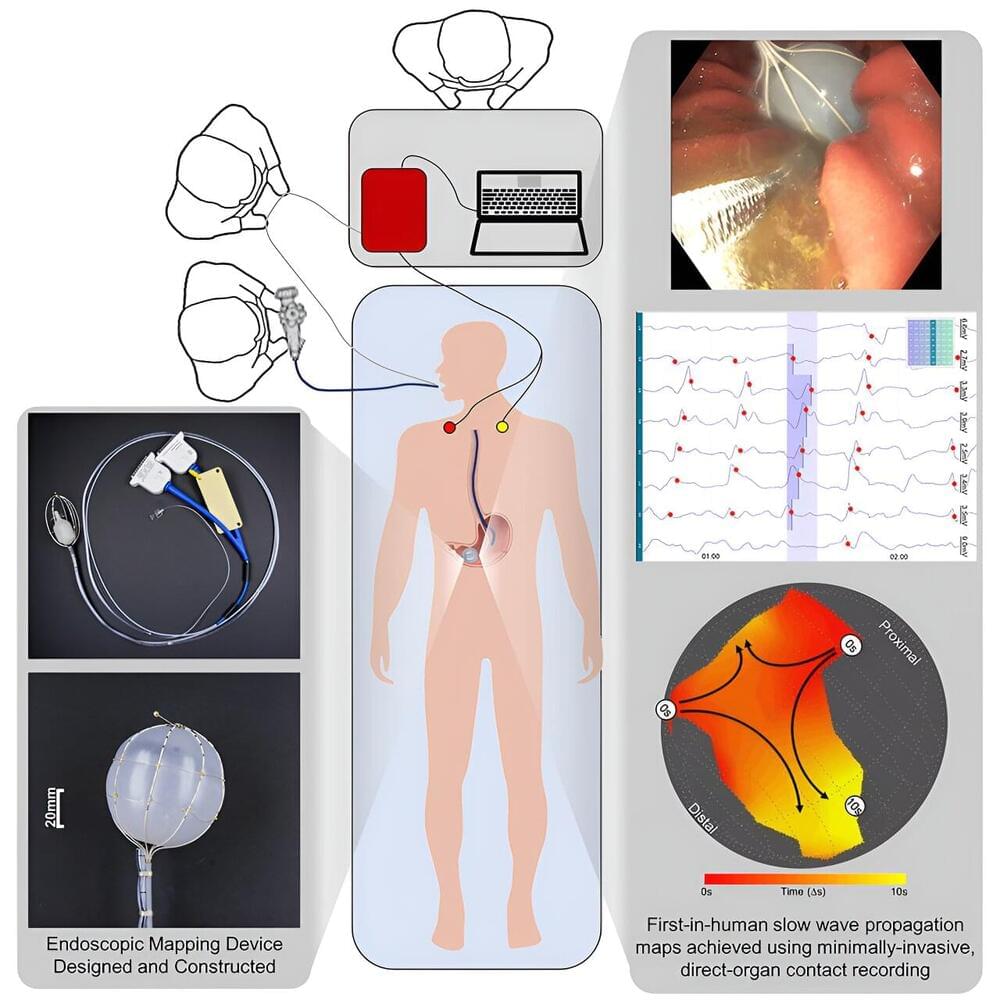
An endoscopic mapping device, developed over the course of a decade by scientists at the Auckland Bioengineering Institute, consists of an inflatable sphere covered in sensors, delivered down the esophagus and able to measure electrical activity in the gut.
In the same way, abnormal heart electrical signals can cause serious heart problems, research has found faulty bioelectric gut waves can lead to stomach pain, nausea, vomiting and bloating.
But often doctors can’t find out what the problem is. That’s because gut electrics aren’t nearly as strong or as easily measured as heart waves; without surgery it’s hard to know if someone has a so-called ‘dysrhythmic’ gut—and if so, where the problem is.
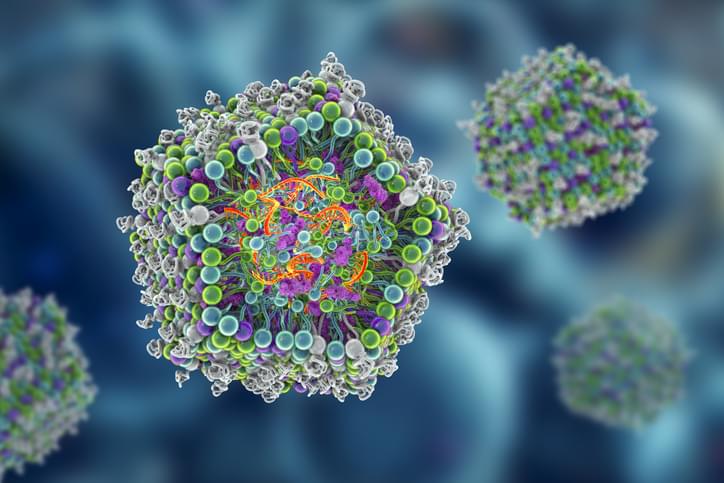
As a therapy for vision impairment resulting from inherited retinal degeneration, the mRNA would instruct cells in the retina, which are impaired because of a genetic mutation, to manufacture the proteins needed for sight. Inherited retinal degeneration, commonly abbreviated to IRD, encompasses a group of disorders of varying severity and prevalence that affect one out of every few thousand people worldwide.
An example of a genetic pulmonary condition is cystic fibrosis, a progressive disorder that results in persistent lung infection and affects 30,000 people in the U.S., with about 1,000 new cases identified every year. One faulty gene—the cystic fibrosis transmembrane conductance regulator, or CFTR—causes the disease, which is characterized by lung dehydration and mucus buildup that blocks the airway.
The thiophene-based LNP study, which involved mice and non-human primates, stems from a $3.2 million grant from the National Eye Institute. The grant’s purpose is addressing limitations associated with the current primary means of delivery for gene editing: adeno-associated virus, or AAV.
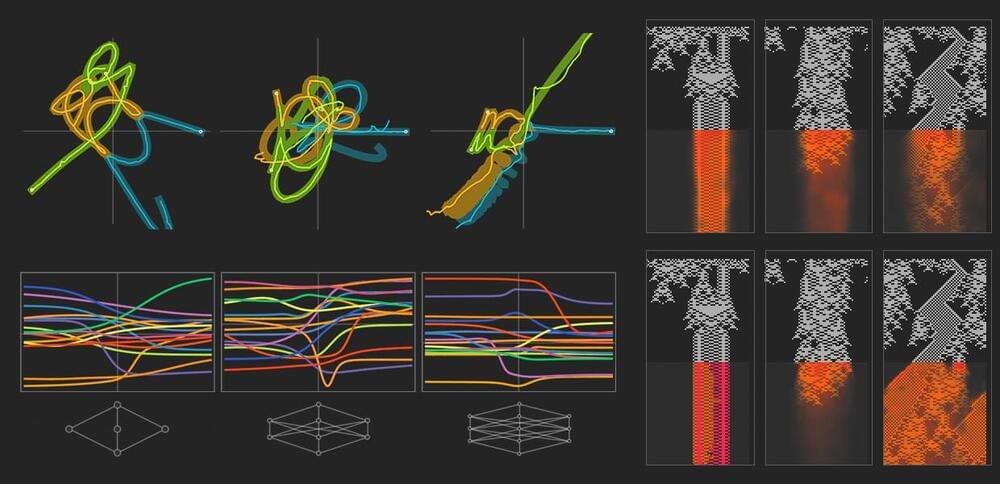
H/T Stephen Wolfram.
Particularly given its recent surprise successes, there’s a somewhat widespread belief that eventually AI will be able to “do everything”, or at least everything we currently do.
Stephen Wolfram explores the potential—and limitations—of AI in science. See cases in which AI will be a useful tool, and in others a less ideal tool.
Microtubule cytoskeletons are highly dynamic cellular components that reorganise during the cell cycle.
Microtubule organization and reorganization during the cell cycle are achieved by regulation of the number, distribution and activity of microtubule-organizing centres (MTOCs). In fission yeast, the Mto1/2 complex determines the activity and distribution of cytoplasmic MTOCs. Upon mitosis, cytoplasmic microtubule nucleation ceases; inactivation of the Mto1/2 complex is triggered by Mto2 hyperphosphorylation. However, the protein kinase(s) that phosphorylates Mto2 remains elusive. Here we show that a conserved signalling network, called MOR (morphogenesis Orb6 network) in fission yeast, negatively regulates cytoplasmic MTOCs through Mto2 phosphorylation to ensure proper microtubule organization. Inactivation of Orb6 kinase, the most downstream MOR component, by attenuation of MOR signalling leads to reduced Mto2 phosphorylation, coincident with increased number of both Mto2 puncta and cytoplasmic microtubules. These defects cause the emergence of uncoordinated mitotic cells with cytoplasmic microtubules, resulting in reduced spindle assembly. Thus, the regulation of Mto2 by the MOR is crucial for cytoplasmic microtubule organization and contributes to reorganization of the microtubule cytoskeletons during the cell cycle.
Microtubules are essential for many cellular processes, such as intracellular transport of proteins and organelles, establishment of cell polarity, cell motility and chromosome segregation [1– 5]. In order to facilitate these different processes at appropriate times during the cell cycle and cell differentiation, microtubules are organized into specific arrangements by microtubule-organizing centres (MTOCs) [2, 4, 5]. For instance, in most eukaryotic cells, the MTOC(s) forms polarized microtubule arrays during interphase and these arrays undergo reorganization to form the bipolar spindle in mitosis. This reorganization proceeds rapidly and precisely during the transition between interphase and mitosis and vice versa. However, the regulation mechanisms coupling cytoskeletal changes with the cell cycle are poorly understood.
The fission yeast Schizosaccharomyces pombe is an excellent model system in which to study cell cycle-dependent microtubule organization by distinct types of MTOCs: the centrosomal MTOC (spindle pole body, SPB) and non-centrosomal MTOCs (interphase MTOC: iMTOC; and equatorial MTOC: eMTOC) [6,7]. During interphase, cytoplasmic microtubules are nucleated from the cytoplasmic face of the SPB, nuclear membrane bound iMTOCs, and pre-existing microtubules to organize a longitudinal array of two to five microtubule bundles [6,7]. During the transition period from interphase to mitosis, nucleation of cytoplasmic microtubules from the iMTOCs ceases and simultaneously intranuclear mitotic spindle microtubules start nucleating from the nucleoplasmic face of the SPB [6,7].